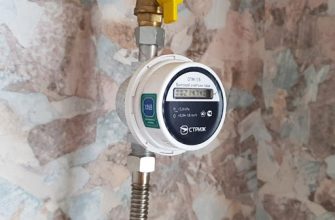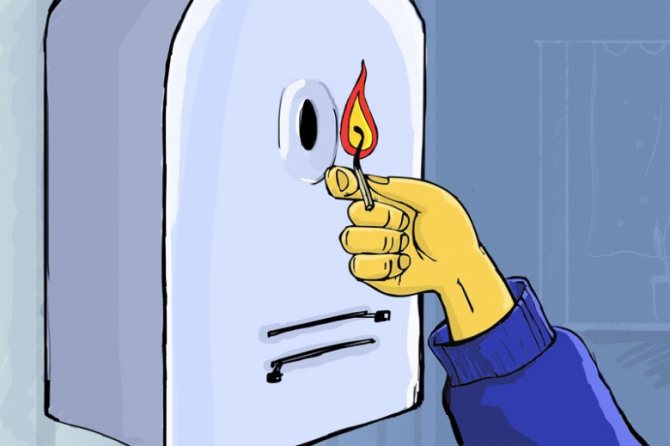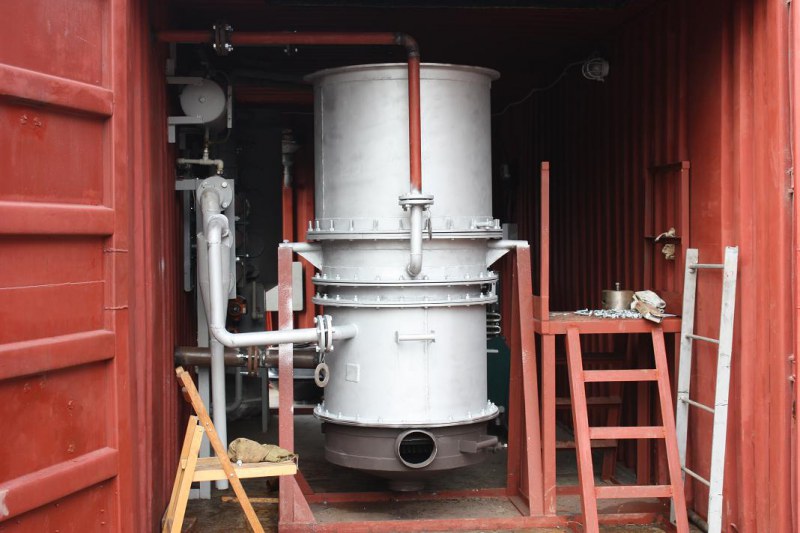The laying of a gas pipeline is one of the activities that must be performed by licensed organizations. The owner of the real estate can only collect the necessary package of documents to obtain a permit, purchase the necessary material and equipment. In order to save money, it is allowed to perform certain preparatory work. To avoid difficulties with the implementation of these measures, you should familiarize yourself with the norms in force with respect to the construction of pipelines and the types of their structures.
Varieties of gas pipeline
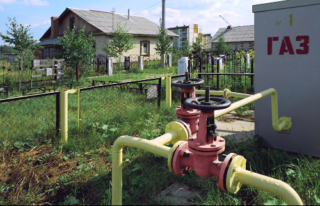
When designing, the main criterion is the pressure in the system. Based on the indicator of its level, a decision is made on the choice of material for the manufacture of the highway and the option of its location relative to the ground.
So, gas systems are divided into such types according to internal pressure.
- low - up to 0.05 kgf / cm²;
- average - up to 3 kgf / cm²;
- high - up to 5 kgf / cm².
All categories are equally suitable for supplying to the house, but in one case a compressor may be needed, and in another a step-down device.
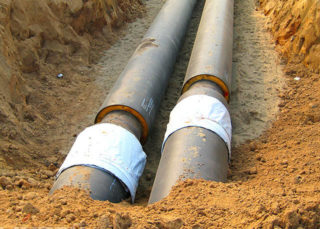
The location of the highways can be open and closed. In the first case, they are available for inspection along their entire length. In the second case, communications are hidden. In this case, the depth of the gas pipeline is chosen so that the probability of its damage from the pressure of vehicles passing over the surface is excluded. Quite often there is a combined method, when an underground gas pipeline rises to the surface to cross a road or water body.
There are such laying methods:
- Underground. A trench is dug, where the gas depth, depending on the type of soil, is 100-200 cm. To create additional pressure protection, the laying of underground gas pipelines is accompanied by the use of an outer shell. This method is expensive, but it allows you to protect communications from temperature extremes and external influences.
- Air. Laying is carried out on steel supports with a height of at least one meter, and above the roads - at least 5 meters. This option is 50-60% cheaper than the previous one, but the pipeline will be exposed to environmental influences with a significant risk of damage or illegal tie-in.
In each case, the final decision rests with the gas company.
Main components

Even the domestic gas supply system has a rather complex structure.
The standard design includes the following elements:
- fenced distribution station;
- line from the industrial highway to the house;
- signs and warning signs;
- shut-off valves;
- control devices;
- protective structures;
- compressor;
- sleeve for a gas pipe through the wall;
- counter;
- internal gas pipeline in a private house (riser, wiring, taps);
- end consumers (stoves, columns, boilers, fireplaces).
The supply of the land line to the house and the passage of the gas pipe through the wall is the prerogative of gas workers. Internal wiring is the responsibility of the property owner.
Requirements for laying a gas pipeline to a private house
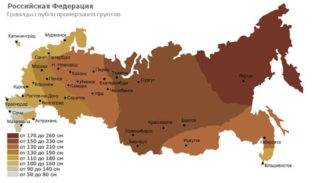
Gas communications refer to structures with a high level of potential danger. Special requirements are imposed on their design and installation:
- free access to all connecting nodes;
- the absence of flammable structures next to communications and equipment;
- only vertical and horizontal arrangement of pipes;
- installation of a riser only in auxiliary rooms or on an external wall;
- the depth of the gas pipeline laying below the level of soil freezing;
- the presence of natural or forced ventilation in the rooms where the meter and gas consumers are located.
- the presence of a lockable steel cabinet for the counter located on the facade of the building.
Compliance with these rules is a prerequisite for the acceptance of the gas pipeline into operation.
Arrangement methods
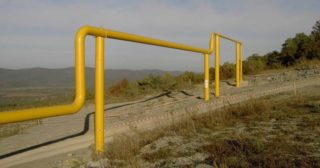
Various installation methods are used to lead the line to the house, each with its own pros and cons.
The above-ground method allows you to significantly save on digging a ditch and, without any particular complications, solve the issue with the passage of the route through the sites of neighbors. At the same time, the highway is vulnerable to the forces of nature and the human factor. There is no guarantee that the pipeline will not be damaged by vandals or a neighbor will not bump into it.
The underground option completely excludes the possibility of outside interference from third forces. When planning, it should be borne in mind that the minimum distance from other communications should be 80 cm. In addition, you should pay attention to the composition of the soil at the construction site. If it contains a high content of corrosive elements, they will quickly lead to the destruction of the metal.
Installation through the wall is carried out only with the use of a sleeve. At the same time, its cross section should ensure free movement of the pipe inside during thermal expansion and shrinkage of the building.
Choice of pipes
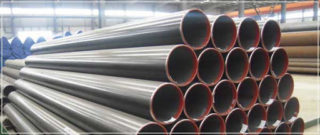
Ferrous iron is considered a traditional material for the manufacture of gas pipelines. The metal is strong, flexible and resistant to temperature changes. To destroy the highway, you need special tools, strength and time. At the same time, steel is susceptible to corrosion and rusts if not regularly maintained. Gas facilities are gradually abandoning this option, switching to new, more efficient materials.
Polyethylene pipes provide gas pumping no worse than their iron counterparts. The restrictions apply only to the method of laying - such communications are laid only underground. The material is resistant to corrosion, does not require additional maintenance, there is no risk of fire from electrical induction. Smooth inner walls provide excellent drainage capacity.
Polypropylene pipelines have proven themselves equally well. The polymer has an affordable cost, resistant to aggressive substances. The ease of assembly of the line also deserves attention - polypropylene is easily cut, sawn and welded with household appliances. The flexibility of the material allows you to make turns and contours without the use of fittings. The only limitation is laying only underground.
Assembly technology and rules
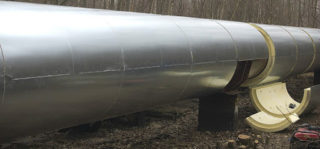
The gas pipeline assembly technology is governed by construction rules SP 42-103-2003. The general requirement is compliance with the temperature regime, which should be in the range from -15 to +30 degrees. Docking is carried out by welding or flange connections. It is forbidden to use oils and greases of any type.
After the end of the assembly, a pressure test is mandatory, the purpose of which is to check the system for leaks.
Construction is being carried out in the direction from the house to the highway. The tie-in is carried out after the inspection of the gas pipeline.


